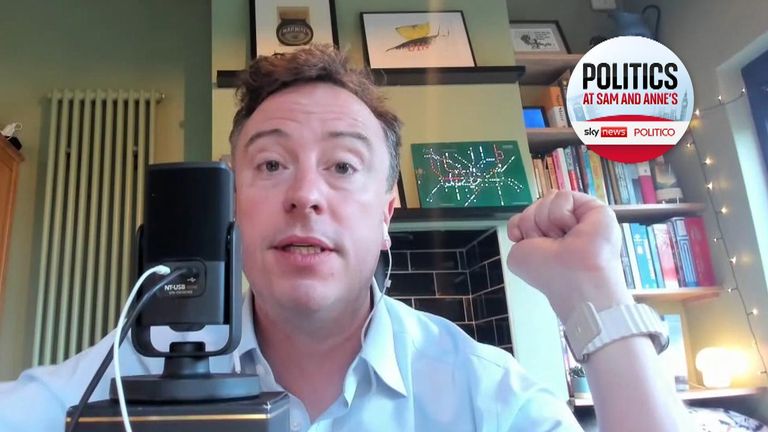[ad_1]
Why has there been such a flap about chlorinated chicken?
In American abattoirs, it is standard practice designed to reduce levels of bacteria like salmonella and campylobacter – the leading source of foodborne illness in the US, as well as here in the UK.
The chlorine wash itself is not the problem. Numerous studies have shown trace amounts of chlorine on meat pose no risk to health, and we consume far more in our tap water every day than we would get from eating it.
Instead, the argument behind the ban on chlorination here in the UK and Europe is that it can cover up poor hygiene standards during the rearing or slaughtering of chickens.
Read more:
UK and US announce trade deal to save thousands of British jobs
What could be in a UK-US trade deal?
During trade negotiations, the US has long argued that it is just an excuse for protectionism – a reason to keep significantly cheaper US chicken out of British supermarkets and restaurants.
But the main reason American chicken is cheaper than ours comes down to animal welfare standards.
In the UK, for example, there are legal limits on the number of birds that can be crammed into a shed.
In the US, there are none – at a federal level at least.
The same goes for lighting and bedding material, also key for healthy, happy chickens.
With higher stocking densities, lower costs for lighting, bedding and being able to use antibiotics to boost growth – also banned here in the UK – Big Chicken in America can produce more meat at much lower cost.
Read more from Sky News:
Trump and Starmer tell Sky News UK-US trade deal is just the start
UK in ‘active discussions’ with Washington over US film tariffs
A ban on chlorinated chicken has effectively kept cheaper, lower-welfare chicken out of the UK for decades.
The US and free market campaigners aren’t wrong: it has protected our farmers from competition.
But it has protected UK consumers too – the majority of whom care about the lives of the animals they eat.
[ad_2]
Source link




